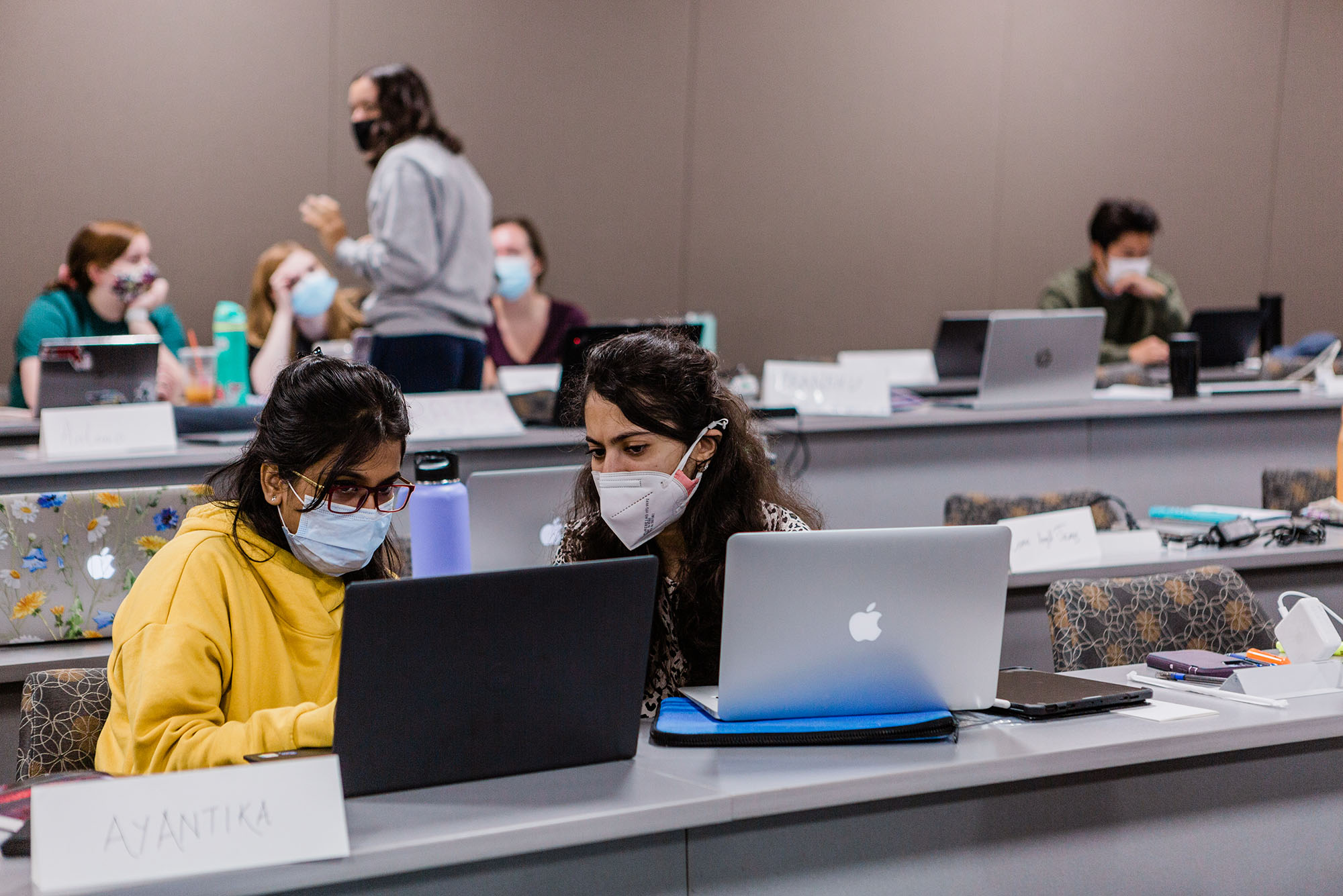

Is there evidence of in-class transmission of SARS-CoV-2 on a university campus that has mandated vaccination and masking? The answer is no.
“Going back to full-occupancy, in-person teaching at Boston University (BU) did not lead to SARS-CoV-2 transmission in-class,” said corresponding author John Connor, PhD, associate professor of microbiology at Boston University School of Medicine (BUSM).
SARS-CoV-2, the causative agent of COVID-19, has displayed person-to person transmission in a variety of indoor situations. This potential for robust transmission has posed significant challenges to day-to day activities of colleges and universities, where indoor learning is a focus, with concerns of transmission in the classroom setting affecting students, faculty and staff alike. Understanding whether in-class instruction without any physical distancing is fueling transmission is an important question that has not been adequately addressed.
To determine whether in-class instruction without any physical distancing, but with other public health mitigation strategies (masking, surveillance testing, enhanced air filtration, vaccinations), is a risk for driving transmissions, researchers from BUSM used a blend of surveillance testing, epidemiology and viral genomic to analyze the incidence of likely transmission of more than 140,000 class meetings.
For each potential in-class transmission event, the researchers analyzed the SARS-CoV-2 genome to understand whether there really was classroom transmission. “Our reasoning was that if there was in-class transmission, then each person in that potential transmission event would have the same genome,” said Connor. “If there was not in-class transmission then the two people would have genomes that are genetically different. It turned out that none of the nine potential in-class transmission events was real.”
According to Connor, understanding the risk of classroom transmission to assess against the benefits of in-person learning is important for university leadership decision making. “This study provides solid evidence that the disease mitigation events used by BU limited transmission in the classroom, something teachers and students everywhere would want to know,” he said.
“We have a wealth of data from our COVID public health protocols and appreciate the efforts of our faculty and staff to use this information to evaluate the effectiveness of various mitigation strategies in reducing spread and significant illness. This data guided our response during the pandemic and will continue to be helpful, should there be further outbreaks,” added Gloria S. Waters, PhD, vice-president and associate provost for research at Boston University.

